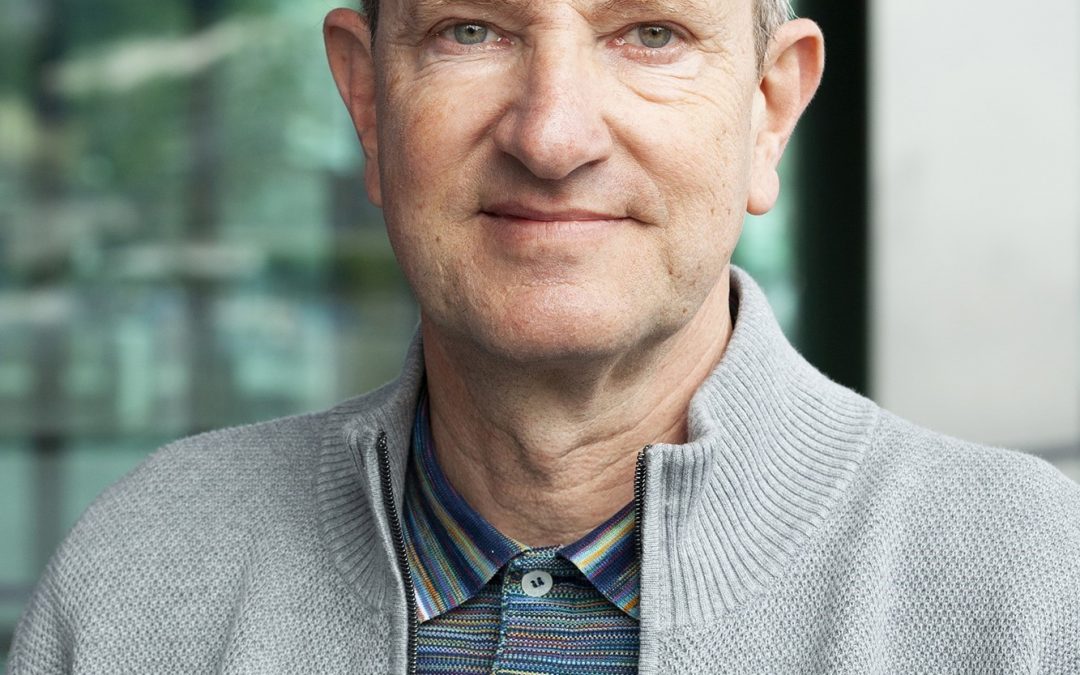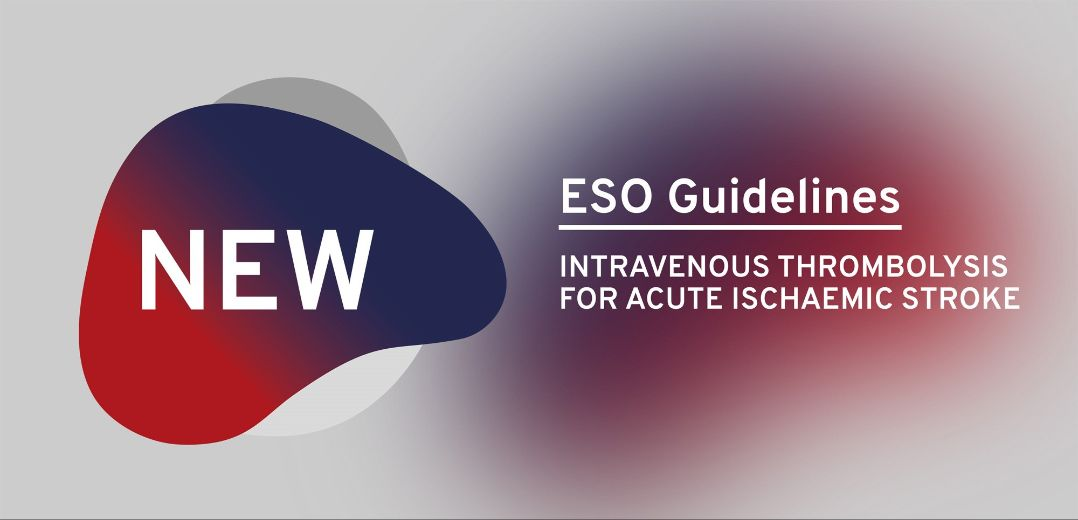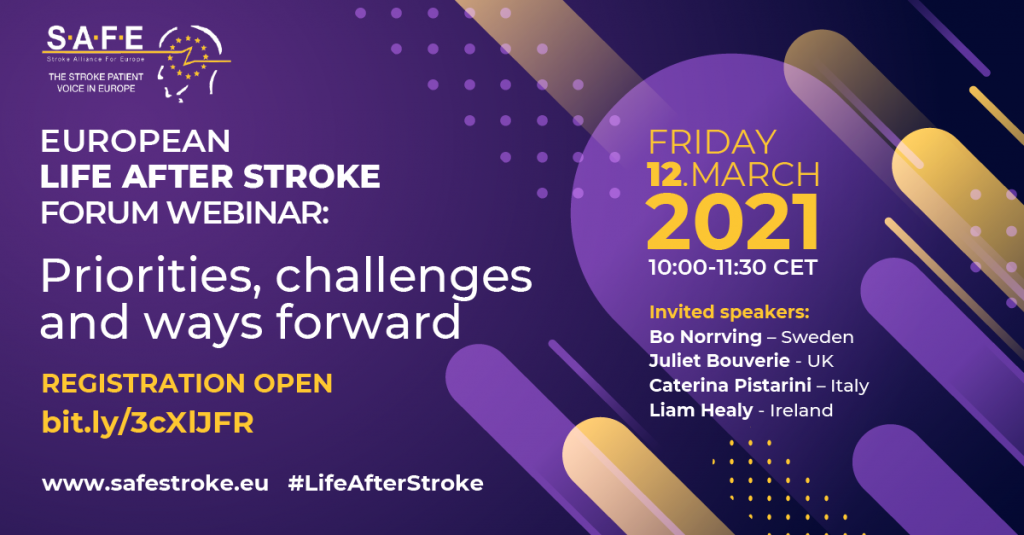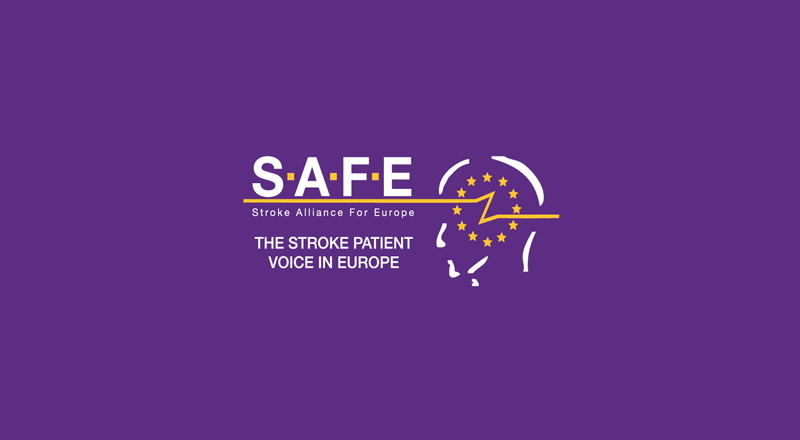
Feb 26, 2021
We are delighted to introduce you to our new co-chair for the Life After Stroke Forum meeting on the 12 March 2021
Jurg Schwyter will be joining the opening webinar session, Life after stroke: priorities, challenges and ways forward, as co-chair. As a linguist, stroke survivor and aphasiac, Jurg wants to reach out about the impact of a stroke on language, communication and multilingualism.
Find out more about the session here: https://bit.ly/2NilTNl
Register for free here https://bit.ly/3cXlJFR

Feb 26, 2021
The European Stroke Organisation has published a new guideline on Intravenous Thrombolysis for acute ischaemic stroke in the European Stroke Journal.
This is the first in a series of up to 10 new guidelines that are expected to be published in 2021 with additional guidelines to follow in 2022.

Feb 18, 2021
Life after stroke: priorities, challenges and ways forward on 12 March 2021 09.00-10.30 GMT
In this opening session we will hear from Bo Norrving (Sweden), Juliet Bouverie (UK), Liam Healy (Ireland) and Caterina Pistarini (Italy) on people’s experiences of the impact of stroke before and during the pandemic, and how healthcare and support services have adapted to meet the challenges of post-pandemic stroke care.
Register for FREE here
Click here for full programme

Feb 11, 2021
Today we are launching a series of free interactive events to build the life after stroke healthcare, research and patient community, stimulate debate and ultimately improve life after stroke care and build interest for SAFE’s 1st European Life After Stroke Forum on 11 March 2022. You can find out more information here
Register for our first webinar, Life After Stroke: Priorities, opportunities, and ways forward on 12 March 2021 10.00-11.30 CET here

Feb 8, 2021
The world has been transformed over the last year due to the pandemic and our healthcare systems have been put under tremendous strain.
SAFE has listened to the stroke clinical community in Europe and we have decided to postpone our full virtual conference planned for 12 March 2021 until 11 March 2022.
Life after stroke is a priority for SAFE and we’ll be continuing our life after stroke programme of activities during 2021 to demonstrate our commitment to make life meaningful after stroke.
We will be planning a series of events during 2021 that will focus on life after stroke, to build and strengthen our stroke community and ensure stroke survivors voice is heard.
Our first event on 12 March 2021, will be one of many events that will address the issues around life after stroke to build up interest, enthusiasm and momentum in advance of the full conference meeting in March 2022.
More details to follow shortly.








